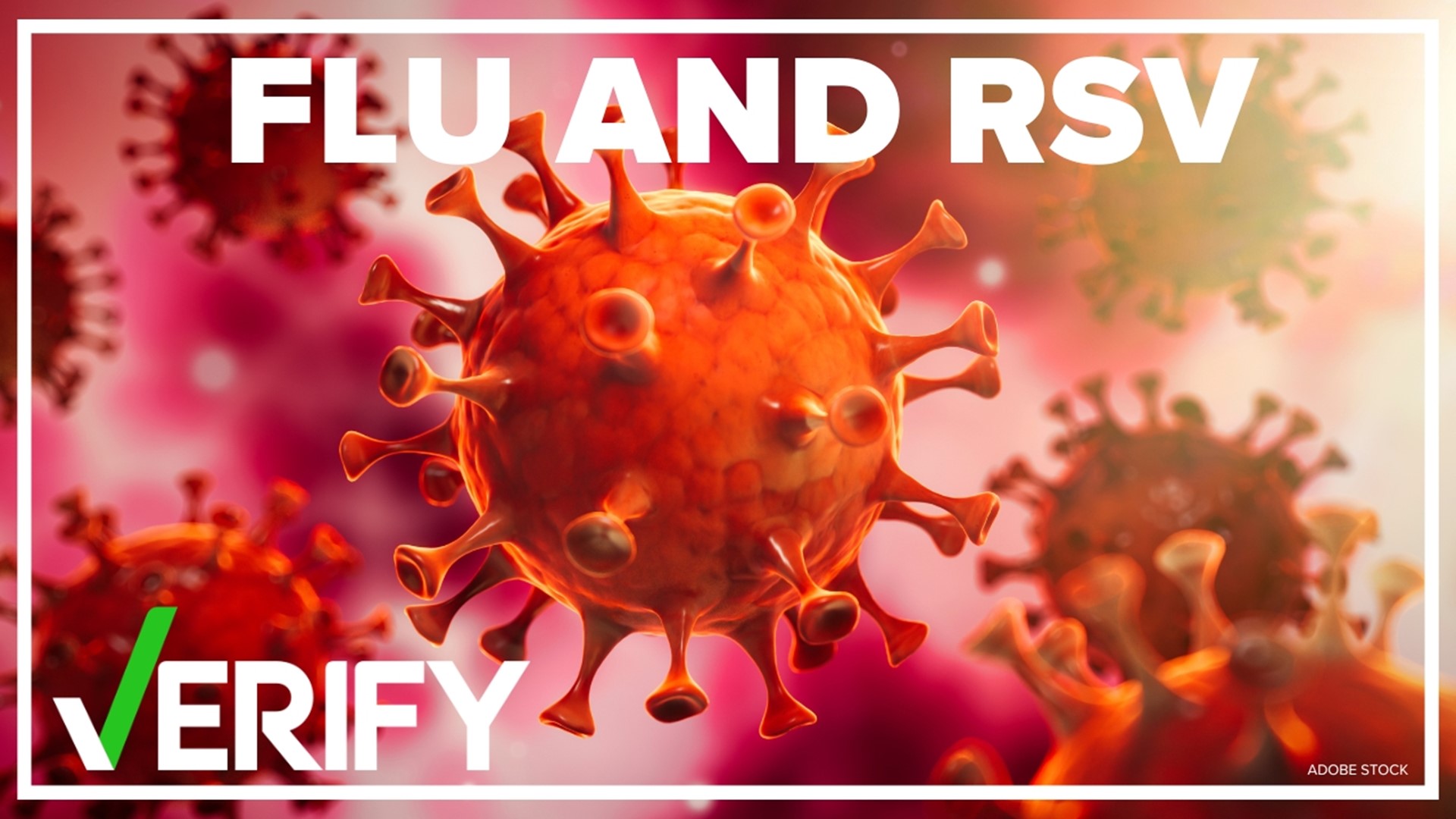CHARLOTTE, N.C. — Since the emergence of COVID-19, health officials have worried of a possible "twindemic", and now "tridemic," or the intersection of coronavirus, flu and RSV surges.
But are two of those viruses intermingling too much?
Some online are sounding alarms over a new virus, made up of influenza and RSV combined. Concerned posts point to research recently published in the journal Nature Microbiology, where scientists from MRC-The University of Glasgow Centre for Virus Research detailed how they discovered evidence the two viruses could form into a "hybrid viral particle."
One person responded on Twitter to the headlines on the findings: "HERE WE GO AGAIN, ANOTHER KILLER VIRUS." Another person tweeted, "This may be why so many children are hospitalized today."
The Question
Did scientists discover a hybrid virus made up of influenza and RSV?
The Sources
- Dr. David Priest, Chief Safety, Quality and Epidemiology Officer, Novant Health
- Published findings from MRC - The University of Glasgow Centre for Virus Research
The Answer
Scientists did discover a hybrid viral particle of flu and RSV, but it was a lab-based discovery, not a phenomenon they found in a human being.
The published study details how scientists were able to put influenza and RSV into a lung cell, noting afterwards, evidence the two viruses fused into a new viral particle that seemed to evade immunity from the original flu virus.
However, the researchers noted in the study's conclusion they were unsure of the real-life implications of their findings, since the particles developed in a cell culture, not an actual human being. They also said it is unknown how often the two viruses would find themselves together inside a cell, where they could merge, in a real-life setting. They said more research was needed on that front.
Priest said, with coinfections, sometimes viruses compete with each other to enter cells, with only one being able to get inside a cell to replicate.
"Sometimes viruses use the same methods to get into human cells," Priest said. "There was some early pandemic research that tried to look at this, that even if you got exposed to two viruses, one maybe does a better job of binding to human cells than another one and really outcompetes it."

